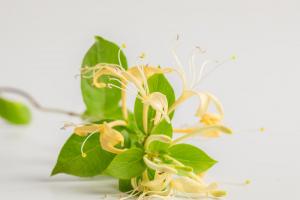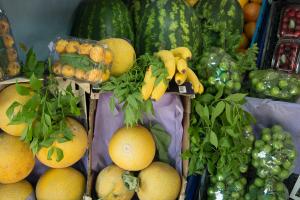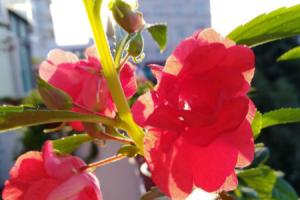How Far Apart Can You Plant Apple Trees to Ensure Pollination?
Planting apple trees is a rewarding experience for any gardener. Not only do they produce delicious fruit, but they also add beauty to any landscape. However, if you want your apple trees to produce a good crop, you need to plant them correctly, especially when it comes to pollination. In this article, we’ll talk about how far apart you should plant apple trees to ensure they are properly pollinated.
The Importance of Apple Tree Pollination
Apple trees are not self-pollinating, which means they need assistance from other apple trees to produce fruit. Pollination occurs when insects or wind carry pollen from the flowers of one tree to the flowers of another tree. This process is crucial to the formation of fruit, as it allows for cross-fertilization and the combination of genetic material from two different trees. Without proper pollination, your apple trees may not produce fruit, or the fruit they do produce may be small and misshapen.
Distance Requirements for Apple Tree Pollination
In general, most apple trees need to be planted within 50-100 feet of each other to ensure proper pollination. This distance allows for bees, which are the primary apple tree pollinators, to travel between trees and carry pollen from one flower to another. If the trees are too far apart, bees may not be able to travel between them frequently enough to pollinate all of the flowers.
However, there are some variations in distance requirements depending on the specific varieties of apple trees you have. Apple trees can be classified as early, mid-season, or late-season based on when their blossoms open. To ensure proper pollination, it is important to plant trees that have flowering times that overlap. For example, if you have an early-season apple tree, you should plant a mid- or late-season variety nearby to ensure that there is enough overlap in their bloom times for proper pollination to occur.
Other Factors that Affect Apple Tree Pollination
Distance is not the only factor that affects apple tree pollination. The following factors can also impact the success of pollination in your apple trees:
Weather: Rain, cold temperatures, and wind can all negatively impact bee activity and pollination success.
Spraying: If you use insecticides or fungicides on your apple trees, make sure to do so when bees are not active, as these chemicals can harm bees and reduce pollination success.
Size: Larger trees may require more bees to ensure adequate pollination.
Conclusion
Planting apple trees is a wonderful way to beautify your property and enjoy delicious, homegrown fruit. However, to ensure your apple trees are producing a good crop, proper pollination is essential. By planting your trees within the recommended distance and understanding the factors that impact pollination success, you can ensure that your apple trees thrive and produce plenty of tasty fruit for years to come.

 how many times do yo...
how many times do yo... how many planted tre...
how many planted tre... how many pine trees ...
how many pine trees ... how many pecan trees...
how many pecan trees... how many plants comp...
how many plants comp... how many plants can ...
how many plants can ... how many plants and ...
how many plants and ... how many pepper plan...
how many pepper plan...

































